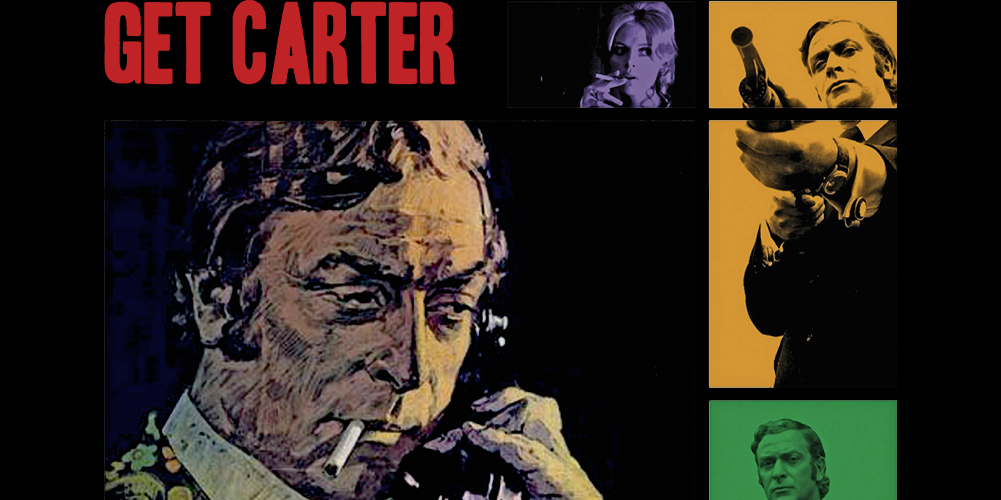I’d like to talk to you today about the culture of soundtracks. It’s an area of collecting that is alien to me but those who do, love it and some records attract high prices. It’s odd really, many records are one theme song and the rest is incidental music, especially until the 80s when they became effectively compilation albums of hits.
Why they thought albums of incidental music would be of interest to people, I don’t know, few of the records were hits.. Of course, there’s a long history of original recordings of stage shows being released, but some of these are just 30 seconds to 3 minutes of music called something like ‘Smith returns…’
Some composers come to the fore, John Williams did lots from the 70s onwards and Lalo Schifren did many of the wah-wah pedal funk, associated with the 1970s such as Dirty Harry, Mission: Impossible and Mannix, as well as the scores to Cool Hand Luke (1967), Bullitt (1968), THX 1138 (1971), Enter the Dragon (1973), The Eagle Has Landed (1976), The Amityville Horror (1979) and many, many more, including versions of others themes such as Jaws. He’s still alive at 92. He’s released over 50 jazz-based albums and over 40 soundtracks and over 100 film scores. And of course he did a handful of TV scores, including Starsky and Hutch.
A big name in film scores is Bernard Herrman, and isn’t a household name. He did the score to Citizen Kane and Taxi Driver and Vertigo. Jack Nitzche did the music for The Exorcist, and he worked in rock with Neil Young amongst others and worked on Performance with Mick Jagger.
Of course there’s Ennio Morricone who did so many spaghetti westerns and Space 1999 for TV. Heavy hitters like Elmer Bernstein and Quincy Jones have many scores to their name.
There are hundreds of them. Your favourite movie from the 60s or 70s probably had a soundtrack album or if it didn’t at the time, it will have got a subsequent release, like Get Carter. The artwork is invariably striking, in the early years often a hand draw/painted compilation of scenes from the movie. As artistic artefacts they’re very attractive, the artwork is often based around a dramatic scene in the film.
While soundtracks still get released, they’re not usually incidental music, so from the 1950s to 1980’s they’re quite a separate culture and an increasingly exotic and fascinating one.
Sidebar
Soundtracks - a separate culture and an increasingly exotic and fascinating one...




